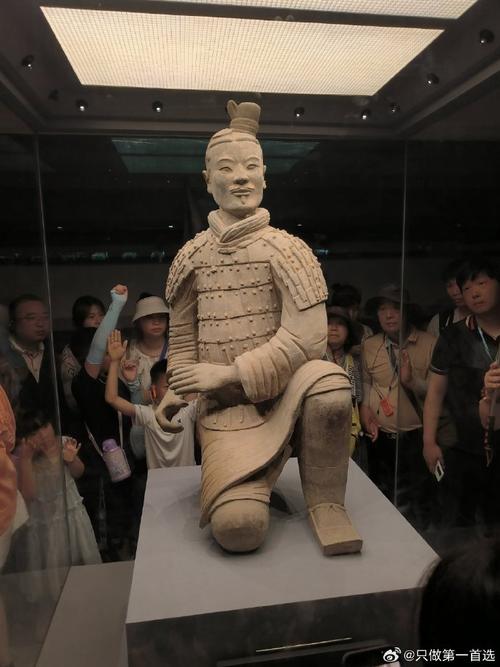
Benefits of Terracotta in Building Construction
Terracotta, a material born from the earth, has graced architectural wonders for millennia. Its enduring presence is a testament to its remarkable benefits, making it a choice that transcends time and trends. Let's delve into the advantages of incorporating terracotta into building construction.
Unwavering Durability: A Legacy in Stone
Terracotta's resilience against the elements is unparalleled.
- Fire Resistance: As a material literally forged in fire, terracotta stands defiant against high temperatures. Its non-combustible nature makes it an invaluable asset in fire-prone areas, safeguarding structures and lives.
- Weather Resistance: From scorching sun to torrential downpours, terracotta stands unyielding. Its dense structure effectively resists frost damage, preventing cracks and structural weakness. UV rays, known to degrade many materials, have little impact on terracotta, ensuring its color and integrity remain vibrant over time.
Aesthetic Versatility: Blending Beauty and Function
- Natural Beauty: Terracotta's earthy hues and natural variations in texture lend a warmth and character unmatched by synthetic materials. Its color palette, ranging from rich reds to warm yellows, complements a variety of architectural styles, seamlessly integrating with the surrounding environment.
- Design Flexibility: Modern terracotta comes in a range of shapes, sizes, and finishes, allowing architects boundless creative freedom. Whether used for roof tiles, cladding, or decorative elements, terracotta adds a touch of elegance and sophistication to any project.
Sustainable Choice: Building for the Future
- Environmentally Friendly: Terracotta is a natural, recyclable material with a low environmental footprint. Its production requires less energy compared to many other building materials, making it a responsible choice for eco-conscious construction.
- Energy Efficiency: Terracotta's thermal mass helps regulate indoor temperatures, reducing the need for artificial heating and cooling. This translates to lower energy consumption and a reduced carbon footprint over the building's lifespan.
Timeless Appeal: A Patina of History
- Long-Term Value: Terracotta's durability ensures a long lifespan, minimizing the need for frequent repairs or replacements. This longevity, coupled with its aesthetic appeal, translates into lasting value for building owners.
- Developing Character: While some materials deteriorate with age, terracotta simply gains character. Over time, it may develop a subtle patina, a testament to its age and exposure to the elements. This patina, far from being a blemish, enhances its beauty, adding a sense of history and permanence.
FAQs
Q1: Is terracotta expensive compared to other building materials?
While the initial cost of terracotta might be slightly higher than some alternatives, its longevity, minimal maintenance, and energy efficiency often result in long-term cost savings.
Q2: Can terracotta be used in modern architectural designs?
Absolutely! Modern terracotta production techniques offer a wide range of colors, finishes, and shapes, making it a versatile choice for contemporary architectural styles.
Q3: Is terracotta difficult to maintain?
Terracotta is remarkably low-maintenance. Regular cleaning with water and mild detergent is usually sufficient to keep it looking its best.